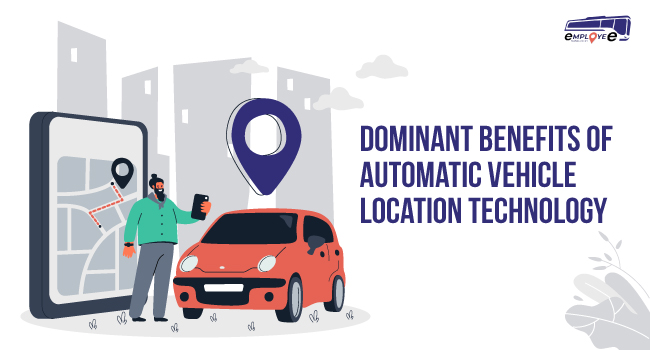Automatic Vehicle Location technology is not all an alien for us now. Once seen as a mystery is now being put to use extensively in both public as well as private sector. Their widespread usage has increased security as well as the efficiency of transportation to a considerable amount.
The transit sector mainly uses Automatic Vehicle Location Technology to optimize the resource. So that it will be easy to manage a large fleet efficiently. Besides optimization it helps in reducing fuel consumption, labor and capital cost, manage transit schedule, handle passenger information etc.
Use of Automatic Vehicle Location Technology does not end here. AVL has always proved to be crucial in earning customer satisfaction by successfully predicting destination signs, monitoring vehicle components etc.
However, there are some common queries that have been surfacing for quite some time regarding AVL. Let’s address that,
How does AVL work?
The AVL technology is based on 2 pillars
- An onboard GPS system that can track the real-time location of the vehicle and can send the data to the user end.
- A software system to process and display the data
The Vehicle’s real-time position is shared with retail companies using wide area network. The position data of the vehicle can be updated in every 2 minutes, it can be re-adjusted as per the demand of the user. This vehicle positioning data are also stored and a report is generated using the data to help the supervisor manager.
Read Also: “12 Ways Companies Can Use Employee and Asset GPS Tracking”
Each AVL vehicle has an emergency switch code blue. This switch sends an emergency signal and trigger alarm so that the users running the AVL application software get the emergency message.
Some general advantages of AVL technology:
- Enhanced productivity
- AVL helps in adhering to schedule, it also provides accuracy in monitoring and coordination
- Reduces manual data entry
- Enhance ability to manage and control operations and driver performance
- Better tracking of off-route vehicles
- Smooth communications between drivers, supervisors, operators and other staff
- More radio messages
- Can notify passengers about the bus arrival times, which in turn improves the quality of service and help passengers in managing their travel plan.
- Fewer complaints from customers
- Improves overall performance of transit agency
- Smart decisions and detours in case of bad weather, roadway closings and accidents.
What are the benefits of AVL?
- Employee safety: In case of an emergency, AVL makes it easy to identify the vehicle and its location that demands immediate help.
- Response time: If the location of the vehicle is tractable, the dispatcher can manage many scenarios including an emergency situation. The concerned person can immediately arrange a closest available team to look into the matter. The improved response improves customer services, productivity, and curtails damage.
- Service restoration: The AVL technology helps in restoring customer service at the earliest possible time despite adverse conditions. The AVL makes it easier for retail companies to coordinate with restoration team in a better way. The large restoration campaign involves non-company crew involvement to speed up the restoration task. The AVL enables the dispatcher to locate company crews while they assist other utilities.
- Fast equipment delivery: Dispatcher can connect to the delivery vehicle and can provide detailed directions to the driver while searching for a location in unknown territory. It ensures fast arrival of supplies even if the driver is not well acquainted with the routes.
AVL system with its arrival and development have changed the face of transit industry to a great extent. Once complicated has now become user-friendly, smooth and extremely useful. Present use of AVL system is not just confined to tracking.
They are now being put to extensive use in the transit industry. One of the astounding factors of AVL systems is that they can use the available data to come up with better results.

